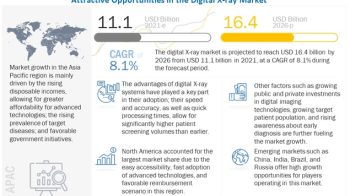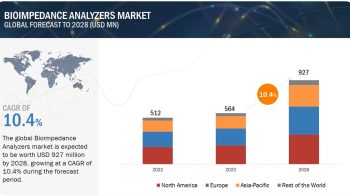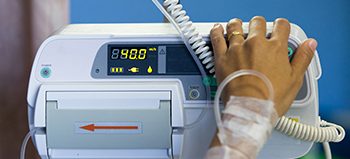Research Methodology Followed for This Study:
Top-down and bottom-up approaches were used to validate the size of the global dental laboratory market and estimate the size of various other dependent submarkets. Major players in the market were identified through secondary research and their market revenues were determined through primary and secondary research. Secondary research included the study of the annual and financial reports of top market players, whereas primary research included extensive interviews with the key opinion leaders such as CEOs, directors, and marketing executives.
The percentage splits, shares, and breakdowns of the product markets were determined using secondary sources and verified through primary sources. This data was consolidated and added to detailed inputs and analysis from MarketsandMarkets and presented in this report. Some of the secondary resources we referred to are the Canadian Dental Association, American Dental Association, British Dental Association, World Health Organization, Indian Dental Association, and Japan Dental Association.
Download PDF Brochure@
https://www.marketsandmarkets.com/pdfdownloadNew.asp?id=223694318
Target Audience:
# Dental product manufacturers & distributors
# Dental equipment manufacturers & distributors
# Dental laboratories
# Government associations and dental practitioners
# Market research and consulting firms
# Venture capitalists and investors
Europe dominated the market in 2016
Europe accounted for the largest share of the dental laboratories devices market in 2016, followed by North America. The rising geriatric population, increasing dental tourism, growth in the number of dental laboratories, growing government expenditure on oral healthcare across Europe, and presence of higher reimbursement rates for dental procedures in Europe as compared to other regions are the key factors driving the growth of the dental laboratories market in Europe.
Objectives of the Study:
# To define, describe, and forecast the global dental laboratories devices market by material, equipment, prosthetic type, and region.
# To provide detailed information regarding the major factors influencing the growth of the market (drivers, restraints, opportunities, and challenges)
# To analyze micromarkets with respect to individual growth trends, prospects, and contributions to the overall market
# To analyze the opportunities in the market for stakeholders and provide details of the competitive landscape for market players
# To forecast the size of the dental laboratory market, in five main regions, namely, North America, Europe, Asia Pacific (APAC), Latin America, and the Middle East and Africa
# To profile key players in the global dental laboratory market and comprehensively analyze their core competencies and market shares
# To track and analyze competitive developments such as research and development activities; joint ventures, alliances, mergers and acquisitions; new product/technology developments; and agreements, partnerships, and other developments of key players in the market
Global Leaders:
The major players in the dental laboratories market are DENTSPLY SIRONA Inc. (US), Danaher Corporation (US), 3M Company (US), Ivoclar Vivadent AG (Liechtenstein), GC Corporation (Japan), Planmeca Oy (Finland), VITA Zahnfabrik H. Rauter GmbH & Co. KG (Germany), Zimmer Biomet Holdings, Inc. (US), Mitsui Chemicals, Inc. (Japan), Septodont Holding (France), and Shofu Inc. (Japan).
Request Sample Pages@
https://www.marketsandmarkets.com/requestsampleNew.asp?id=223694318
Expected Revenue Growth:
The dental lab market is expected to reach USD 43.08 Billion by 2022 from an estimated USD 32.56 Billion in 2017, at a CAGR of 5.8% during the forecast period.
Major Growth Boosting Factors:
The rapid growth in the geriatric population and the associated increase in the prevalence of edentulism, growing dental tourism in emerging markets, rising incidence of dental caries and other periodontal diseases, and the increased outsourcing of certain manufacturing functions to dental laboratories.


